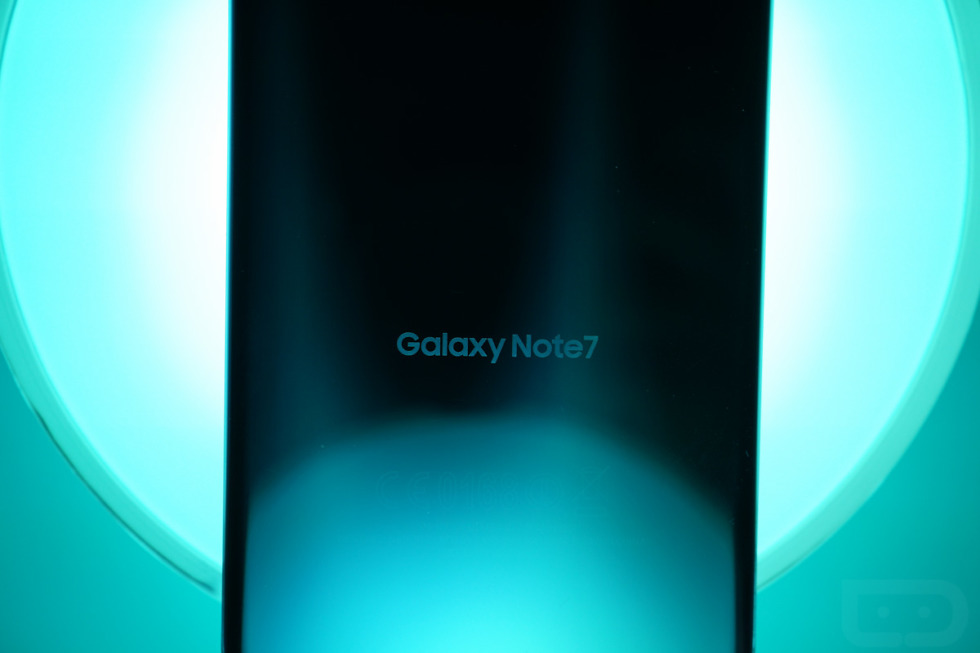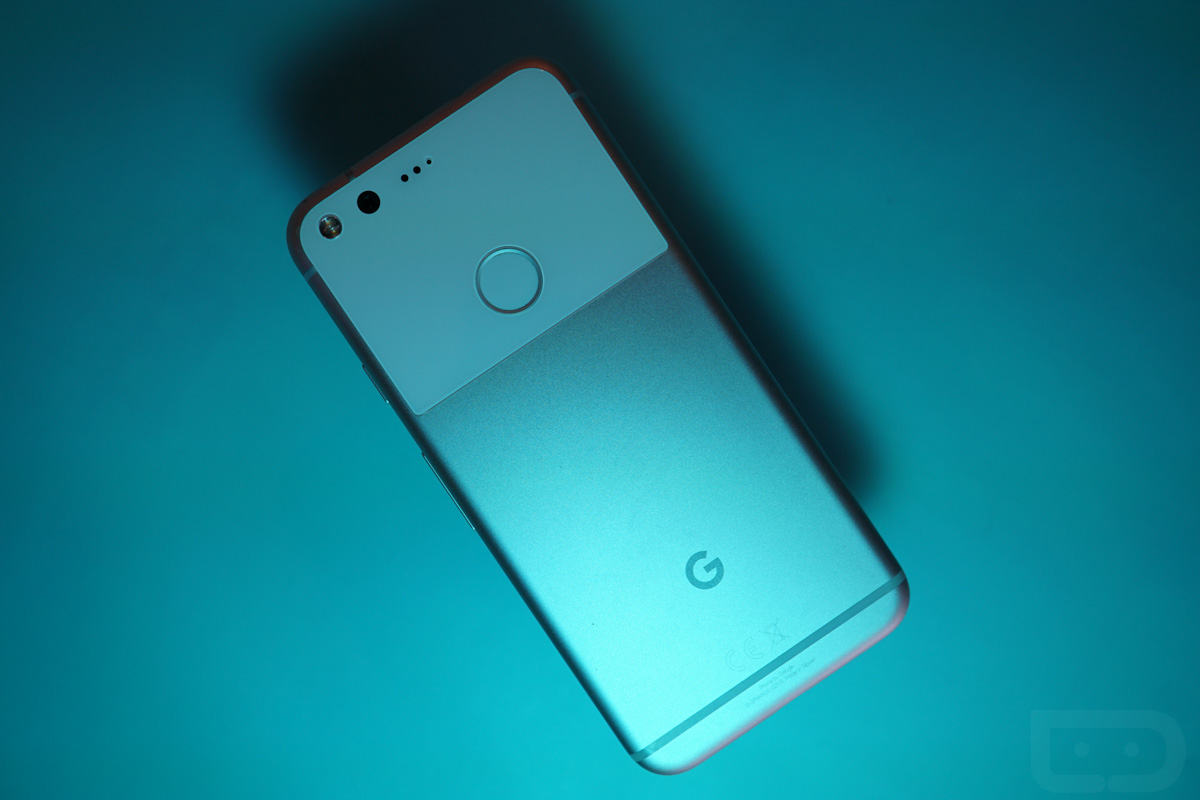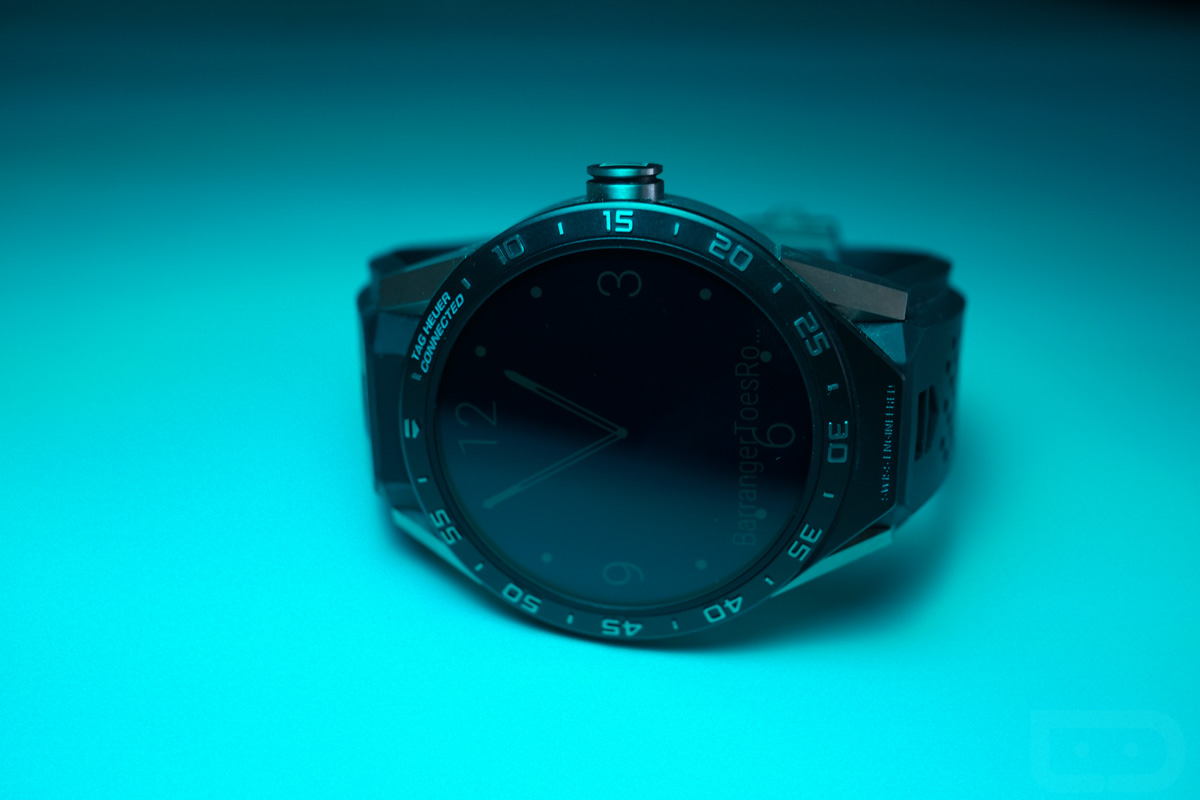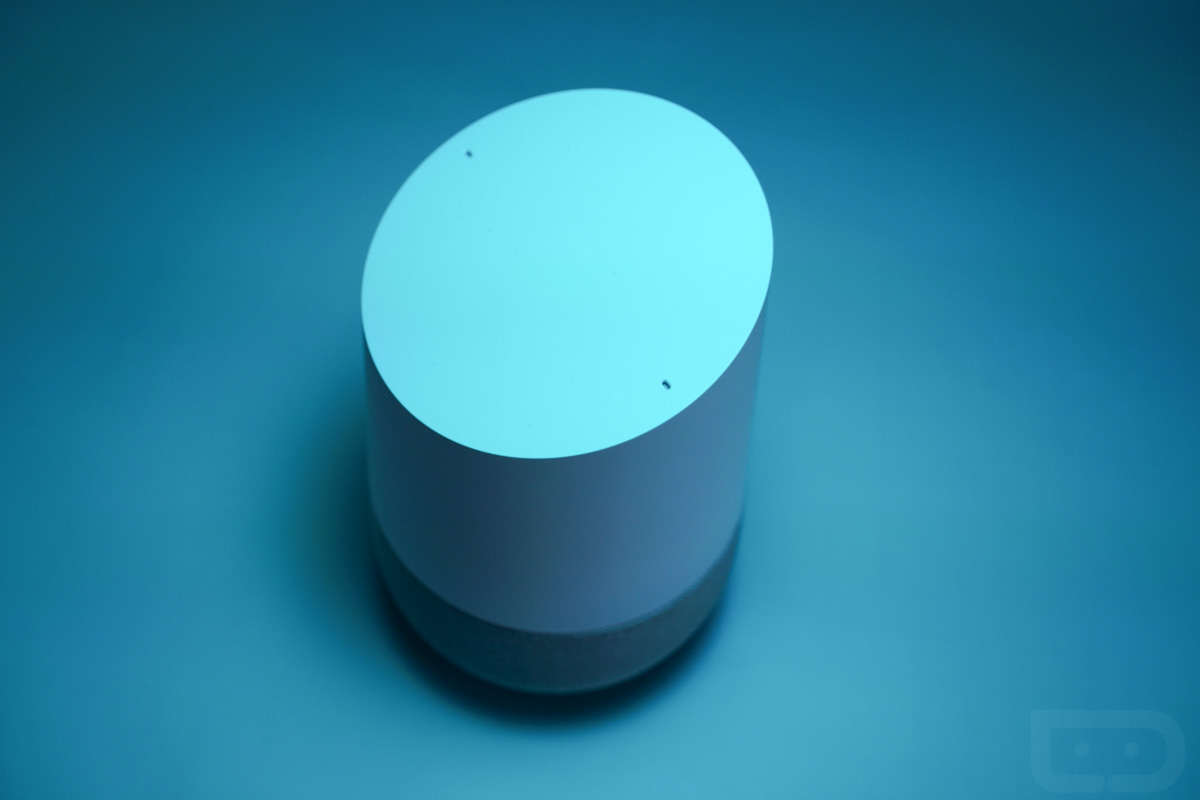2016 was, to be honest, not exactly the best year in recent memory. From the nastiest presidential election we may ever see (until the next one in four years) to the early deaths of some of the great entertainers and people of this world, there was a lot to be sad about. But even in tech or Android specifically, we saw Samsung go through the Note 7 recall, carriers go extra shady on this “unlimited” idea, and even Google kill the Nexus line. What a year.
And now with that depressing glob of snot on your mind, let’s talk about five (or six) things that are still standing out from 2016 as we head into 2017. Because even if 2016 sucked, a lot of stuff did happen!
Goodbye, Nexus.
Google creating the Pixel line of phones and killing off the Nexus brand probably isn’t the biggest Android story of the year, but as an Android elitist, it’s hard not to reminisce. After all, Nexus was Android for many of us. Not only did it offer up Google’s take on hardware, it presented us with the newest version of Android, frequent updates, the ultimate tinkering platform, and the experience we wanted to see from other manufacturers yet never did.
We bought Nexus when it was both cheap and expensive. We drooled over new colors, obsessed over fish-related code names and rumors about Google’s chosen partner(s) each year. We rolled our eyes at the poor camera experiences, even as Google told us each year they were finally taking imaging seriously. We rooted shit. We unlocked bootloaders just because. We bought ’em directly from Google because it felt good. We then complained about the constant “Out of Stock” and random shipping times for the first few months after each release. We lived Nexus, man. It was awesome.
Now, we have Pixel and even though nothing has really changed outside of the name, lack of hardware partner branding, and the new massive amount of promotion, it’s still not Nexus. It never will be. That’s fine and all, too. I like the Pixel phones a lot and probably will finally be able to recommend a Google-made phone to people, but I’ll always remember Nexus and the phone that killed it.
Note 7 was lit.
Speaking of death, what’s up Galaxy Note 7! It’s really hard to leave 2016 without thinking about the Galaxy Note 7 and its battery issues that led to two recalls, followed by battery limiting software updates ahead of additional battery killing software updates that aimed to render remaining Note 7s useless.
The Note 7 and Samsung have become the butt of all tech jokes at this point. Every time an object in every day life catches fire these days, you should expect a Samsung zinger. Is that fair? When you put out a product that has a flame-thrower feature banned by the airline industry, yeah, probably. Are the jokes all getting old? 100%.
To think, the Galaxy Note 7 would likely have topped everyone’s list as Android phone of the year. It sure as hell would have been at the top of ours. It was an amazing phone – easily Samsung’s best ever. Yet here we are, not even able to consider anything about it other than what it may do to Samsung’s brand image over the next year.
And that’s what we’re unfortunately going to take from this story at the end of 2016. We’re going to be stuck listening to pundits crack jokes on Samsung products as we lead up to the release of the Galaxy S8, followed by the hottest of hot takes on whether or not Samsung can redeem itself and repair its image. It’ll be hella annoying, just so you know. We’ll do our best to avoid that talking head non-sense.
Quit with your fake “unlimited,” carriers.
In carrier news, 2016 was the year that Sprint and T-Mobile tried to sell you on the idea of having unlimited data again, except it was all a bunch of bullshit, where these supposed unlimited plans were filled with nothing but limits.
T-Mobile, for example, put out such a terrible scam of an “unlimited” plan, called T-Mobile ONE, that they had to tweak it days later after hearing non-stop backlash. The idea was that they now offered a single plan that everyone would want, except T-Mobile ONE has now morphed into 3 different plans at 3 price tiers with limits all of the way up to the top. It’s unlimited in some ways, but throttles you in important areas (like streaming and hotspot) or asks you to flip daily switches to get out a better experience. It’s a disaster and completely not customer friendly at all.
And again, Sprint has a similar garbage plan, but they take it a step further by throttling your gaming and music too. They haven’t tweaked it, as far as I know, so months after release, it’s still offering the same headscratch-worthy feature set.
I really hope that we don’t see more of this in 2017. There was a time where T-Mobile was the people’s champ and they were working to tweak the wireless industry for the better of all. Now, they are about the most gimmicky of them all, with the sneakiest set of rules and limitations. If you want the straight forward goods, even if they might be more expensive, you actually now should look right at Verizon and AT&T. Think about that for a second.
I didn’t buy a single wearable all year.
That’s sort of a lie. I did buy a not-really-very-new Garmin Forerunner 230 to keep track of my runs, but outside of that, no wearable stood out to me as being worthy of a purchase. And I’m the guy that unnecessarily buys just about everything that even shines for 2 seconds in my left eye.
Are wearables dead? No. Pebble is! But wearables do have their place in fitness and on the wrists of some ultra nerds who need that extra layer of connectivity. I just don’t think that wearables are ever going to be like our phones. What I mean is that we can’t live without our phones because they run our lives. I don’t see a smartwatch or fitness band or augmented reality headpiece ever becoming a necessity in the same way.
Also, consider the fact that Google even seems to be at a crossroads with Android Wear. At this point, the big Android Wear 2.0 update is delayed until next year, plus the big manufacturers of Android Wear are all putting watches on hold because they saw little if any success. Google may have some watches in the works and fashion brands have jumped on board, but the lack of really appealing options should concern anyone considering some new wrist candy.
Everyone, outside of Samsung, just keeps failing.
2016 was yet another year where almost everyone failed outside of Samsung. And look, Samsung’s year only ended up being terrible because of the Note 7. Had the Note 7 not turned into the ultimate backpacker’s firestarter survival tool, they would have had an enormous year. The Note 7 was setting records left and right before being recalled. They were posting excellent quarters following the S7 and S7 Edge release. Samsung was fully back at the top.
Meanwhile, LG’s G5 flopped. Motorola’s Moto Z and Moto Mods flopped. The HTC 10 flopped. And the LG V20 is still seeing less usage in the real world than the recalled Note 7 that Samsung is trying to remotely brick. OnePlus and its phones seem to be selling OK, while ZTE is doing nice things with the Axon line. But neither of those budget phones are going to lead to a smartphone revolution or takeover. The Pixel phones might be selling better than expected to start with and could only sell better in years to come, assuming Google stays motivated to do so.
I don’t want to say that the “end is near” for many of these smartphone manufacturers, but at this point, you have to wonder if any of them will succeed again. The scary thing is that the G5, HTC 10, and Moto Z were all pretty nice phones. They weren’t exactly Galaxy S or Note nice, but people still should have wanted to buy them. For some reason, no one does. How do we fix that? I wish I knew.
BONUS: The smart home is coming together.
I hate to give Google too much credit because it’s early, but with Google Home (review) now available and the Google Assistant behind it, I think the smart home the world has been waiting for has arrived. Well, at least the hub that will be able to control it all has. I say that as someone who has pieced together all of the smart home tech I have been able to justify to my wife over the past few years, which has turned into a massive mound of crap that relies on WiFi, apps, and a phone.
Seriously, I kind of have a lot of smart home stuff. From August smart locks, Philips Hue bulbs everywhere, and Logi Pop buttons to Nest Cams galore, smart thermostats, and Ring products, my house is almost fully powered by the cloud. What it has needed, though, is a hub.
With Google Home and the Google Assistant, a lot of this stuff can now be used by voice. Why is that a big deal? Well, it gives me a central place to control it all, a mode of communication through it that doesn’t involve tapping or swiping, and it certainly allows me to avoid the 8 or 10 individual apps needed to manually do this stuff. Google Home isn’t yet fully featured and needs to add connectivity with more services, but in the month that I’ve used the three Home units in my house, I can’t imagine moving forward without them.
Smartphones and wearables may be having a tough time at the moment, but if you look to smart homes, we’re only in the beginning here. That’s exciting.





Collapse Show Comments60 Comments